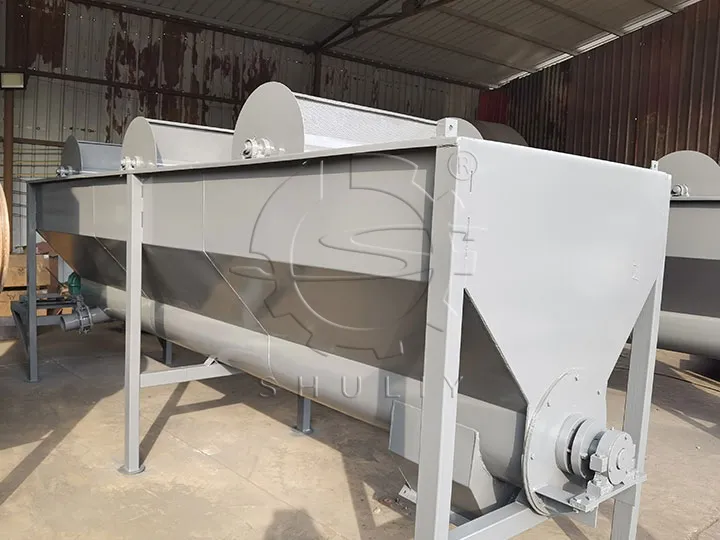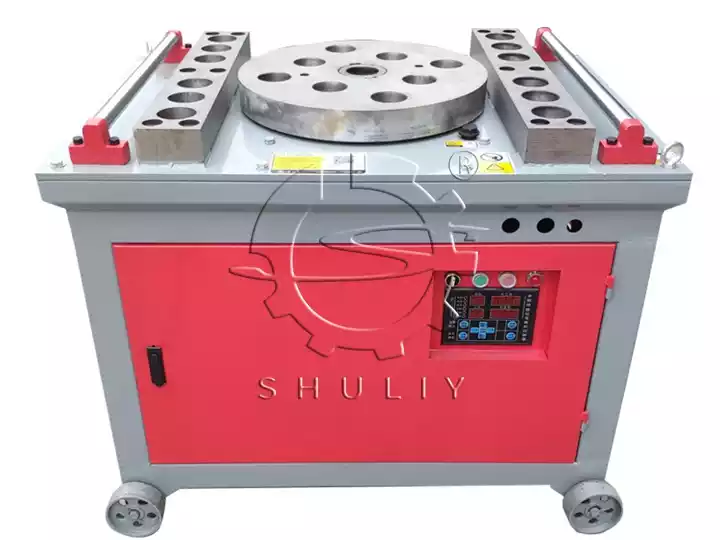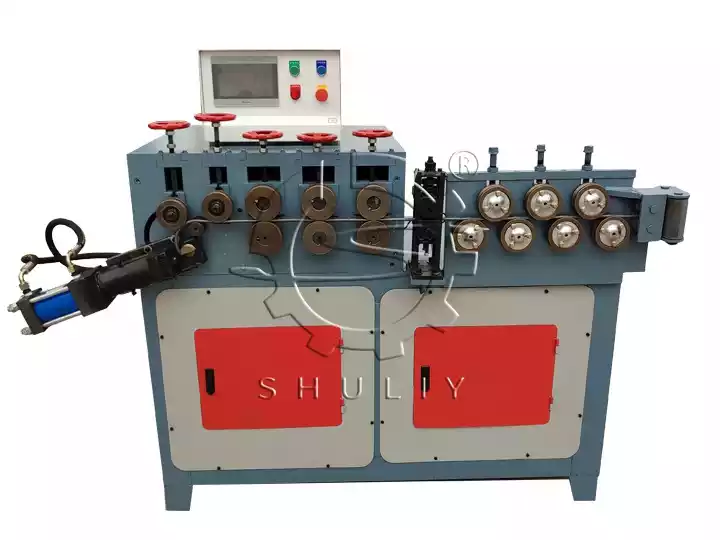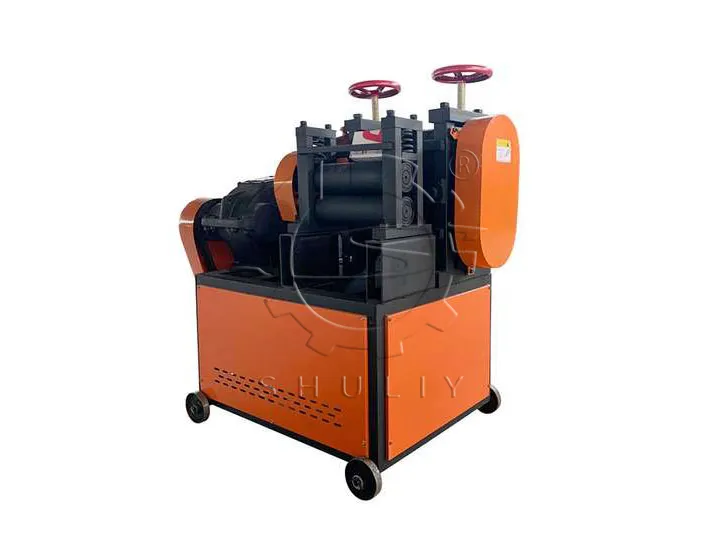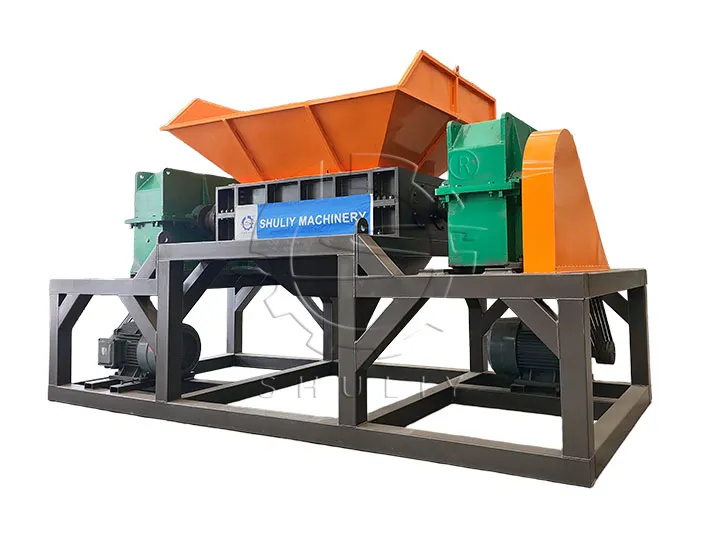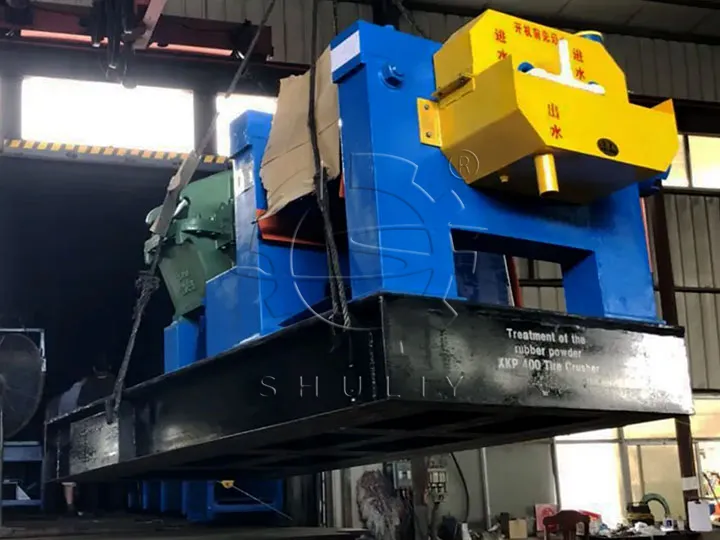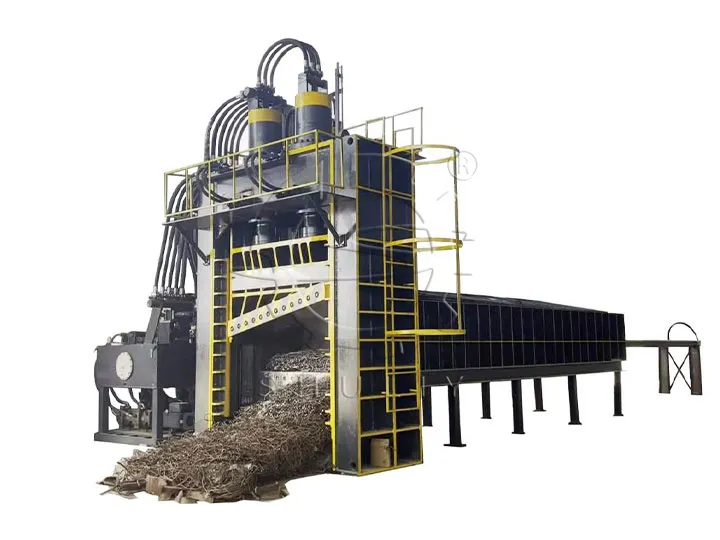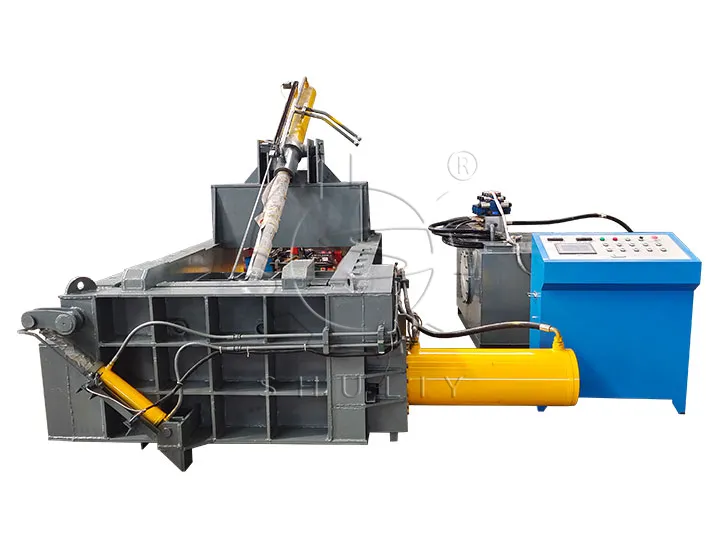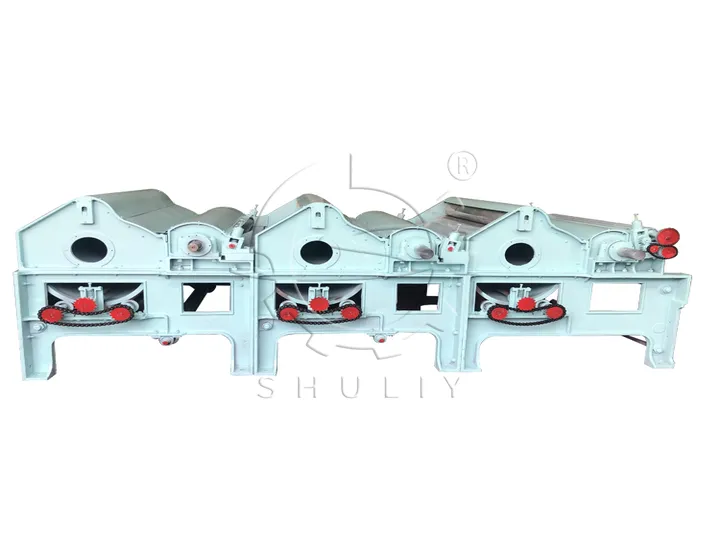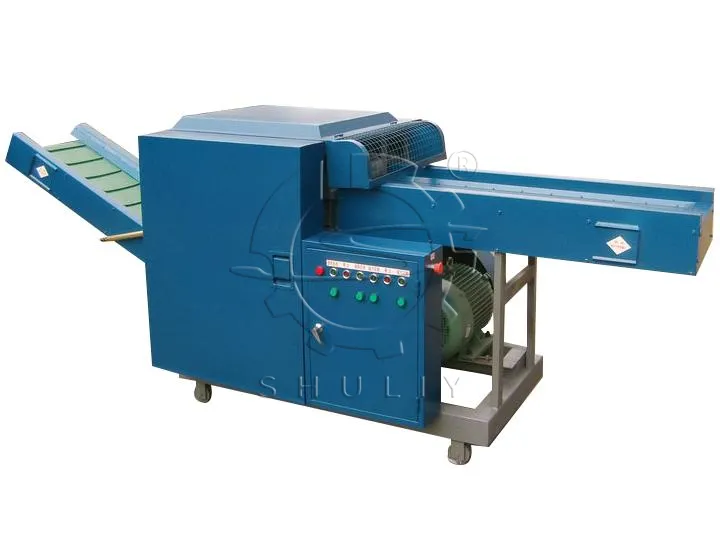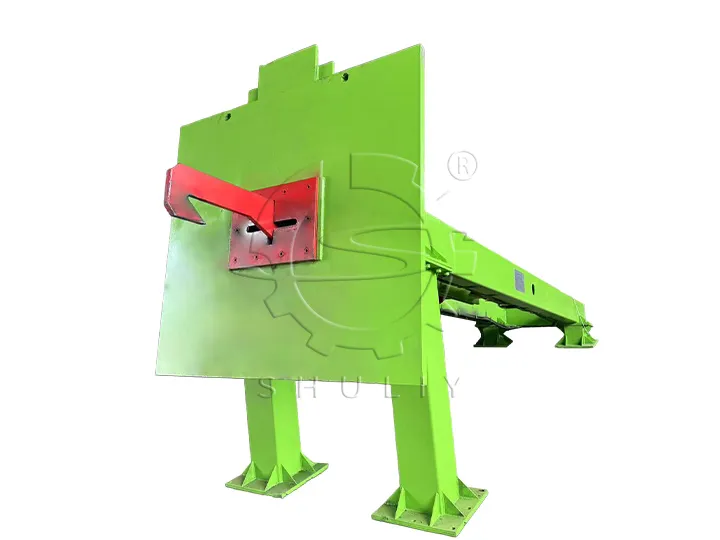En la línea de reciclaje de lavado de botellas de PET, el papel de la separación de plásticos por flotación y hundimiento es crucial y es una máquina indispensable. En este documento, analizaremos más de cerca el principio de funcionamiento del tanque de flotación y hundimiento de plásticos y sus aplicaciones para profundizar nuestra comprensión de esta tecnología.
Principio básico de la separación de plástico del flotador del fregadero
La separación de plástico del fregadero flotante adopta agua como medio y utiliza la diferencia de densidad entre los plásticos para lograr la separación. Específicamente, el equipo se utiliza principalmente para separar escamas de botellas de PET de tapas o etiquetas de PP, PE. Cuando las escamas de las botellas de PET ingresan al tanque de separación del flotador del fregadero, como el plástico PET es más denso que el agua, se hundirá hasta el fondo del tanque, mientras que el PP y el PE flotarán en la superficie del agua, logrando así una separación efectiva de los plásticos.
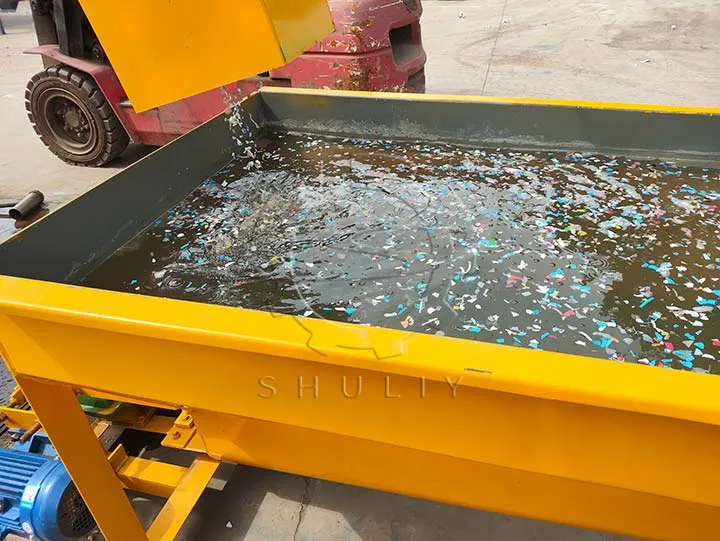
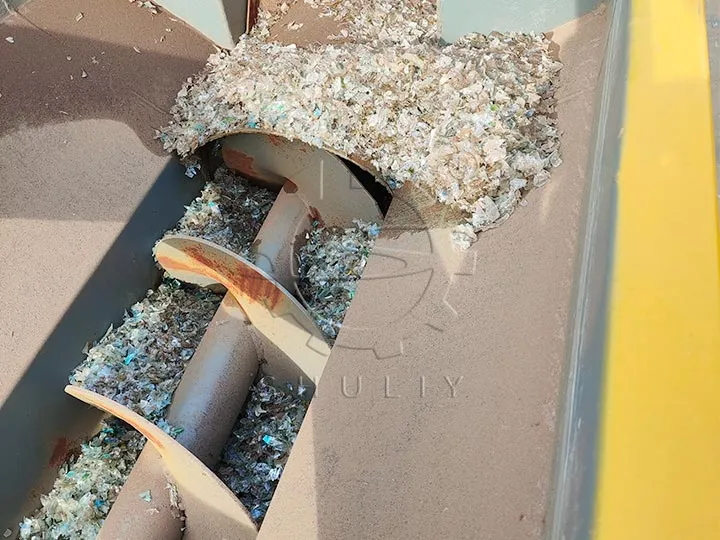
Pasos de trabajo en detalle
- Desecho de plástico: Los residuos de plástico entran en el fregadero flotador separación de plástico a través de un canal específico y comienza el proceso de separación.
- Separación de densidad: En presencia de agua, el plástico PET se hunde hasta el fondo del fregadero, mientras que el PP y PE flotan hacia la superficie, creando una clara estratificación.
- Mecanismo transportador: para el procesamiento posterior de plásticos PET, se diseña un mecanismo transportador con un tornillo en la parte inferior para transportar las escamas de las botellas de PET hacia los siguientes pasos de procesamiento.
Aplicaciones y ventajas
La separación de plásticos por flotación y hundimiento se puede utilizar no solo para el reciclaje de PET, sino también para una amplia gama de otros plásticos y procesos de separación de impurezas. Su ámbito de aplicación abarca muchos aspectos del campo del reciclaje de plásticos, proporcionando una solución viable para el tratamiento eficiente de plásticos desechados.
